Contenido
¿Alguna vez has tenido la sensación de que tus enlaces de afiliado se esconden a plena vista?? Te has esforzado y has creado el contenido perfecto, pero sigues rascándote la cabeza para encontrar la manera de conseguirlo. razones por las que no se hace clic en sus enlaces de afiliado.
No está solo. Muchos vendedores afiliados se enfrentan a la misma lucha. Y la verdad es que unos simples ajustes pueden ser todo lo que necesitas para cambiar las cosas.
En este post, desglosamos 10 razones ocultas por las que no se hace clic en tus enlaces de afiliado y, lo que es más importante, cómo solucionarlas.
Desde mezclarse demasiado con el resto del contenido hasta perder el factor de confianza, cubriremos los errores más comunes que pueden estar costándole clics valiosos.
Al final de esta lectura, sabrás exactamente qué está fallando y cómo empezar a conseguir más clics (y comisiones) de tus enlaces de afiliado.
La importancia de los clics en los enlaces de afiliación
Los clics en los enlaces de afiliación son el corazón del marketing de afiliación. Sin ellos, su estrategia se paraliza, y todo el trabajo duro que ha invertido en la elaboración de contenidos, la construcción de la confianza, y recomendar productos queda sin recompensa.
Cada clic es un paso más hacia una venta potencial, que es el objetivo final. Más clics significan más posibilidades de conversiones y comisiones, lo que influye directamente en tus ingresos.
Pero no se trata sólo de los ingresos: esos clics indican algo aún más valioso: su audiencia está comprometida. Cuando alguien hace clic en tu enlace, está mostrando interés por lo que has compartido, demostrando que encuentra valor en tu contenido.
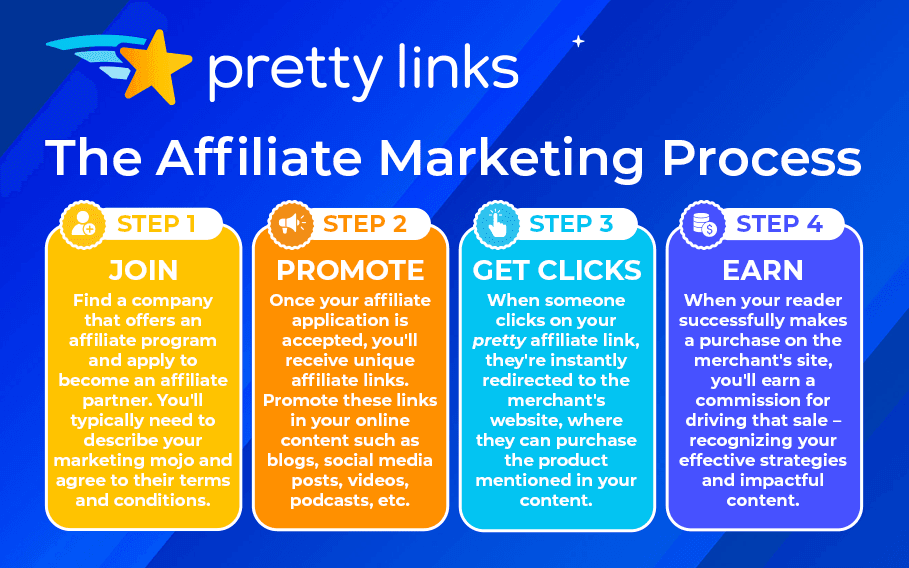
En definitiva, los clics en los enlaces de afiliación lo unen todo: desde la participación de la audiencia hasta la obtención de comisiones, son el salvavidas que convierte sus esfuerzos en resultados.
10 razones por las que no se hace clic en sus enlaces de afiliado
Si no se hace clic en sus enlaces de afiliación, es una clara señal de que algo falla, ya sea la ubicación, el mensaje o la confianza que ha generado en su público.
Pasemos a las razones más comunes por las que no se hace clic en sus enlaces de afiliado y, lo que es más importante, cómo cambiar las cosas.
1. Sus enlaces de afiliación son demasiado largos y complicados
Una de las principales razones por las que no se hace clic en sus enlaces de afiliado podría ser su longitud y complejidad.
Las largas cadenas de caracteres y números aleatorios de un enlace de afiliado parecen poco profesionales y, a menudo, sospechosas. Cuando un enlace parece confuso, su público puede dudar en hacer clic en él, inseguro de adónde le llevará.
Una URL desordenada y difícil de leer también puede restar valor al conjunto. legibilidad del contenidoDe este modo, es menos probable que la gente se interese por los enlaces que usted se ha esforzado en incluir.
¿Qué debe hacer?
No deje que un enlace desordenado deshaga toda la confianza que ha construido con su público. La solución es sencilla: haz que tus enlaces de afiliado sean cortos, clara y fácil de entender.
Los enlaces cortos son más agradables a la vista y ayudan a generar confianza en lo que se ofrece. Con PrettyLinkspuede transformar esas URL largas y crípticas en enlaces limpios y de marca que parezcan profesionales y de confianza.
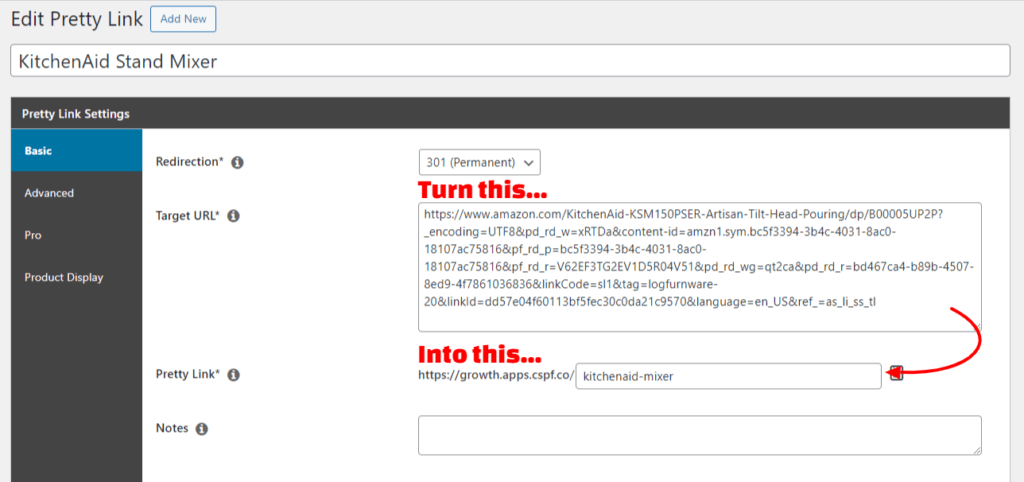
Con un enlace pulido, su público sabe exactamente qué esperar, lo que aumenta su confianza y hace que sea más probable que lo haga. Haga clic en sus contenidos y participe en ellos.
2. Sus enlaces de afiliación están enterrados y son difíciles de encontrar
Incluso el mejor enlace de afiliación no recibirá clics si su público no puede encontrarlo. Pobre visibilidad y colocación puede perjudicar seriamente sus índices de clics, haciendo que todo su duro trabajo sea menos eficaz.
Piense en cómo lee la mayoría de la gente las entradas de los blogs: tendemos a hojearlas, centrándonos en los titulares, las viñetas y las secciones destacadas.
Si sus enlaces de afiliación están enterrados en párrafos largos o escondidos al final, es probable que se pasen por alto.
¿Qué debe hacer?
Al colocar estratégicamente sus enlaces, puede eliminar una de las razones por las que no se hace clic en sus enlaces de afiliado.
A continuación le indicamos cómo conseguir que sus enlaces destaquen:
- Por encima del pliegue: Incluya al menos un enlace de afiliado en los primeros párrafos. De este modo, estará visible sin que los lectores tengan que desplazarse.
- En Títulos o Subtítulos: Colocar enlaces en los títulos o subtítulos llama la atención, ya que estas zonas son llamativas por naturaleza.
- Spots contextualmente relevantes: Coloque los enlaces donde tengan más sentido, por ejemplo, dentro de secciones en las que se hablen de las ventajas del producto.
- Botones de llamada a la acción (CTA): Utilice botones CTA en negrita para sus enlaces de afiliado. Llaman la atención y suelen generar más clics que los enlaces de texto normales.
- Fin de las secciones: Añada un enlace al final de cada sección para captar a los lectores que están listos para dar el siguiente paso después de leer el contenido.
Con PrettyLinks, también puede crear impresionantes expositores visuales de productos para que sus enlaces de afiliado no pasen desapercibidos. Estas pantallas se completan con una descripción rápida del producto, imágenes llamativas y una llamada a la acción clara.
Esta combinación proporciona a su público toda la información que necesita para tomar una decisión, sin necesidad de buscar el enlace:
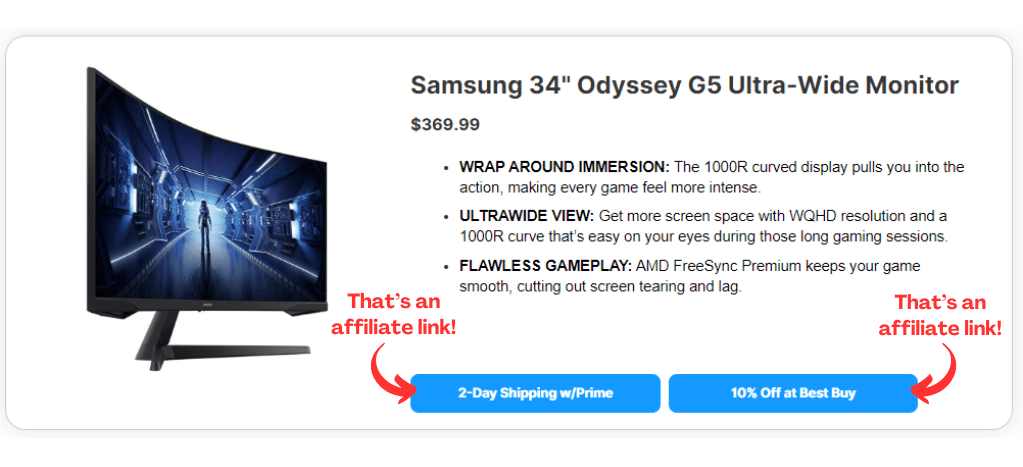
El formato visualmente atractivo capta la atención de inmediato, mientras que la descripción concisa y los botones CTA animan a hacer clic.
Por incorporar expositores de productosDe este modo, ofrecerá una experiencia de usuario fluida y atractiva que aumentará el porcentaje de clics y hará brillar sus enlaces de afiliación.
3. Promocionas productos que no interesan a tu público
Una de las razones más obvias por las que no se hace clic en sus enlaces de afiliado es la falta de correspondencia entre su producto y los intereses de su público.
Por muy bueno que sea el producto, si no coincide con lo que buscan sus lectores, pasarán de largo. Tanto si se trata de una audiencia inadecuada como de un contenido irrelevante, el resultado es el mismo: pocos clics y esfuerzo desperdiciado.
Por ejemplo, promocionar ropa de fútbol a un público que está más interesado en la moda será un fracaso. Cuando hay una desconexión entre lo que espera tu público y lo que ofreces, verás menos clics y menos compromiso con tu contenido.
¿Qué debe hacer?
Lo que tienes que hacer es alinear los productos de afiliación con los intereses de tu audiencia. Cuando entiendes a tu público y te centras en lo que le interesa, promocionar los productos adecuados se convierte en algo sencillo.
Se trata de ofrecer soluciones que realmente quieran, lo que hace que tus recomendaciones parezcan naturales y aumenta tus posibilidades de conseguir esos valiosos clics.
He aquí cómo hacerlo:
- Conozca a su público: Utilice encuestas, análisis de sitios web e interacciones en las redes sociales para hacerse una idea clara de los intereses y preferencias de sus lectores. Cuanto mejor los entienda, más fácil le resultará promocionar productos que realmente les interesen.
- Segmente su audiencia: No todos los lectores son iguales, así que divida a su público en grupos basado en datos demográficos, intereses y comportamiento. Esto le permite adaptar sus promociones a cada segmento, garantizando su relevancia.
- Promocione productos relevantes: Asegúrese de que los productos que recomienda encajan perfectamente en el contexto de su contenido. Por ejemplo, si tienes un blog de fitness, céntrate en promocionar ropa de entrenamiento, suplementos o programas de fitness, artículos en los que tus lectores están naturalmente interesados.
- Personalice el contenido: Personalice su contenido para que se dirija directamente a las necesidades específicas de su audiencia. La personalización hace que sus promociones de afiliación parezcan relevantes y valiosas, mejorando la experiencia general y fomentando los clics.
Al alinear sus contenidos y productos afiliados con los intereses de su audiencia, creará una experiencia más atractiva, aumentando las posibilidades de conseguir clics e impulsar las conversiones.
4. Estás sobrecargando el contenido con demasiados enlaces de afiliados
Aunque puede resultar tentador llenar su contenido de enlaces de afiliados, demasiado de algo bueno puede jugar en su contra. Sobrecargar su contenido con enlaces puede abrumar a sus lectores y que parezca spam.
Cuando los lectores tienen la sensación de que se les está vendiendo constantemente, esto puede erosionar su confianza y hacer que se desvinculen. Además, demasiados enlaces pueden saturar el contenido, dificultando la navegación y restándole valor en general.
¿Qué debe hacer?
Concéntrese primero en aportar valor. Los enlaces de afiliación deben ser una parte natural del contenido, no una distracción. Un enfoque equilibrado mantiene su contenido informativo, con enlaces de afiliados como un empujón sutil en lugar de un lanzamiento abrumador.
Para evitar la sobrecarga de enlaces de afiliación, PrettyLinks ofrece un práctico Herramienta de sustitución de palabras clave que coloca automáticamente enlaces de afiliados en todo su contenido.
Y lo que es mejor, puedes limitar el número de enlaces que aparecen en una página, lo que garantiza que tu contenido se mantenga limpio y atractivo sin abrumar a tus lectores.
>> Consulte nuestro documento de soporte sobre sustitución de palabras clave
Tenga en cuenta la experiencia de su público, y será más probable que aprecien sus recomendaciones y hagan clic cuando les parezca bien.
5. Su público no ve el valor del producto
Ni siquiera el mejor producto del mundo conseguirá clics si su público no puede ver cómo le beneficia. No basta con mostrar las características o hacer una recomendación: necesitan entender cómo el producto resuelve un problema o les hace la vida más fácil.
Esta desconexión se produce cuando el valor no queda claro de inmediato y el público se pregunta "¿Qué gano yo?" Si no tienen motivos para preocuparse, no actuarán.
¿Qué debe hacer?
Comunique claramente qué hace que el producto sea valioso y cómo puede resolver un problema o satisfacer una necesidad de su público.
Para que su propuesta de valor sea clara y convincente, pruebe estos métodos:
- Descripciones detalladas: Vaya más allá de lo básico explicando qué hace el producto y cómo puede facilitar o hacer más eficaz la vida de su público.
- Ventajas sobre características: En lugar de limitarse a enumerar funciones, céntrese en cómo el producto mejora la experiencia del usuario. Por ejemplo, en lugar de decir "Este software tiene una función de programación", enmárquelo como "Este software le ayuda a ahorrar tiempo permitiéndole programar tareas sin esfuerzo".
- Testimonios de clientes: Utilice opiniones y testimonios reales para mostrar cómo el producto ha ayudado a otros, añadir prueba social y hacer que el valor sea más relacionable.
- Ayudas visuales: Añada imágenes, infografías o vídeos que muestren el valor del producto en acción. Lo visual ayuda al público comprender mejor lo que ofrece el producto.
- Comparaciones: Compare el producto con otras opciones similares, destacando sus ventajas únicas y por qué destaca.
Al describir claramente el valor del producto, su público comprenderá mejor por qué debe hacer clic en sus enlaces de afiliado y utilizar el producto.
6. Los productos que promociona no cumplen las expectativas
Una cosa es hablar del valor de un producto, pero si no cumple lo prometido, el público lo notará, y no de buena manera.
Recomendar productos de baja calidad o con malas críticas es una vía rápida para perder tanto la confianza de su público como sus clics.
Si sus lectores perciben que los productos que usted promociona no están a la altura de las circunstancias, es mucho menos probable que se interesen por sus enlaces de afiliado.
Peor aún, si alguien compra un producto basándose en su recomendación y resulta ser una decepción, podría dañar permanentemente su credibilidad.
Basta una mala experiencia para que se lo piensen dos veces antes de confiar en tus futuras recomendaciones.
¿Qué debe hacer?
A mantener la confianza y los clicsEn la mayoría de los casos, el objetivo es promocionar productos de alta calidad, con buenas críticas y que ofrezcan un valor real.
Haga sus deberes: lea opiniones, compruebe los comentarios y, siempre que sea posible, pruebe los productos usted mismo.
Si se atiene a las recomendaciones en las que cree de verdad, no sólo creará credibilidad, sino que reforzará el vínculo con su público.
Cuando confíen en su criterio, se sentirán más seguros al hacer clic en sus enlaces de afiliado, sabiendo que les está indicando productos que merecen su tiempo y su dinero.
7. No ha compartido una experiencia personal con el producto
No importa lo bien valorado que esté un producto, es más probable que los lectores participen cuando sienten una conexión personal con las recomendaciones que usted hace.
La gente quiere saber que lo que usted recomienda le ha funcionado, no sólo en teoría, sino en la vida real. Sin ese toque personal, incluso el mejor producto puede parecer distante, y tus enlaces de afiliado pueden pasar desapercibidos.
¿Qué debe hacer?
Para conectar de verdad con su público y hacer que sus recomendaciones sean más atractivas, es importante ir más allá de la mera enumeración de ventajas: comparta su propia experiencia personal con el producto.
Sus lectores quieren saber que usted ha utilizado realmente el producto y ha visto resultados de primera mano. Esto añade una capa de autenticidad y confianza que no se puede conseguir solo con datos y características.
He aquí cómo hacerlo:
- Historias personales: Comparta un ejemplo real de cómo le ha ayudado el producto. ¿Resolvió algún problema concreto? ¿Qué fue lo que más le gustó? Este tipo de detalles hacen que su recomendación resulte más auténtica y cercana a su público.
- Testimonios auténticos: Si has recibido comentarios de tu comunidad o de otros usuarios, comparte también sus historias. Estas voces adicionales añaden credibilidad y prueba social, que pueden ser tan impactantes como tu propia experiencia.
- Honradez y transparencia: No ocultes las imperfecciones. Mencione los aspectos negativos o las áreas en las que el producto no ha cumplido plenamente sus expectativas. Los lectores aprecian la sinceridad, y reconocer tanto lo bueno como lo no tan bueno genera confianza en tu recomendación.
- Prueba visual: Muéstrelo, no se limite a contarlo. Incluye fotos o vídeos tuyos utilizando el producto. Las pruebas visuales refuerzan su respaldo, haciéndolo más tangible y digno de confianza.
Si hace que su apoyo sea personal y demuestra que se ha beneficiado realmente del producto, es más probable que su público vea el valor y se comprometa con sus enlaces de afiliado.
8. Sus enlaces de afiliación están rotos o conducen a callejones sin salida
Puede que tengas todo a tu favor (enlaces de afiliación bien situados, contenido atractivo y productos que gusten a tu público), pero nada de eso importa. si sus enlaces están rotos.
Pocas cosas son más frustrantes para los usuarios que hacer clic en un enlace sólo para aterrizar en un error 404 o una página perdida. Esto no solo crea una mala experiencia para el usuario, sino que también interrumpe el flujo de tráfico. su embudo de conversión.
¿Qué debe hacer?
Un enfoque proactivo puede ayudarle a evitar que los enlaces rotos desbaraten sus esfuerzos. Pero no se preocupe, proactivo no significa trabajo extra con PrettyLinks.
PrettyLinks' Función Link Health te lo pone fácil, ya que busca automáticamente enlaces rotos y te avisa para que los repares antes de que tu público se dé cuenta.
9. Sus productos y contenidos de afiliación están desfasados
A medida que los productos evolucionan y aparecen nuevas versiones en el mercado, seguir con recomendaciones obsoletas puede hacer que su contenido parezca anticuado y desfasado. Promocionar una versión antigua de un producto, especialmente si ya no está disponible o no es útil, puede convertirse rápidamente en una oportunidad perdida.
Tanto si se trata de un producto descatalogado como de uno que ha perdido su ventaja en el mercado actual, las recomendaciones obsoletas hacen que su público se pregunte por qué debería molestarse.
Esto es especialmente cierto en los sectores en los que la innovación avanza con rapidez: la tecnología, la moda e incluso los productos de salud y fitness. Si su público encuentra una opción mejor y más novedosa en otro sitio, es posible que deje de acudir a usted en busca de las últimas y mejores recomendaciones.
¿Qué debe hacer?
Si quieres que tu contenido siga siendo relevante y que tus enlaces de afiliado conviertan, aquí tienes unos sencillos pasos a seguir:
- Pon a punto regularmente tus enlaces de afiliación: Compruebe que los productos que promociona siguen estando disponibles y actualizados.
- Haga que las auditorías de contenidos formen parte de su rutina: Dedica tiempo a repasar tus publicaciones más antiguas. Encontrarás información obsoleta y tendrás la oportunidad de actualizarlos con las últimas versiones de los productos que promocionas.
- No pierdas de vista tus contenidos perennes: Incluso sus publicaciones de alto rendimiento podrían necesitar una actualización si los productos que recomienda ya no son relevantes.
- Manténgase al día sobre las versiones de los productos: Si promocionas productos que se actualizan con frecuencia, como tecnología o software, asegúrate de recomendar siempre las últimas versiones.
- Actualice los contenidos antiguos con contexto: Al actualizar un enlace de producto, hágaselo saber a su público Mencione cualquier mejora o sugiera una alternativa mejor.
Si mantiene su contenido de afiliación actualizado y alineado con los productos actuales, atraerá a su audiencia, proporcionará más valor y mantendrá la eficacia de su estrategia de afiliación.
10. No has guiado a tu audiencia con una llamada a la acción clara
A veces pasamos por alto las cosas más sencillas. Has creado un gran contenido, has elegido el producto perfecto, pero aquí está el truco: ¿estás diciendo realmente a tus lectores que hagan clic en tu enlace de afiliado?
Es fácil suponer que se darán cuenta, pero sin una llamada a la acción (CTA) clara, incluso los lectores más interesados pueden no saber qué hacer a continuación. Si no les das una dirección clara, lo más probable es que se vayan sin actuar.
¿Qué debe hacer?
No deje que su público adivine: muéstrele exactamente qué hacer a continuación. Una CTA clara y orientada a la acción es tu forma de guiarles hacia el clic.
LEA >> Cómo escribir una llamada a la acción eficaz para su sitio web
Además, no olvide hacer que su CTA destaque visualmente. Ya sea un botón o un texto en negrita, asegúrate de que capta su atención. Una CTA bien colocada y fácil de localizar no solo mejora la experiencia del usuario, sino que también aumenta el compromiso con tus enlaces de afiliado.
Conclusión
El marketing de afiliación puede parecer un juego de adivinanzas cuando intentas encontrar las razones por las que no se hace clic en tus enlaces de afiliación.
Lo más probable es que se trate de algo sencillo, como la falta de una llamada a la acción clara o la promoción de un producto obsoleto. La clave está en detectar estos errores a tiempo y hacer los ajustes necesarios para mantener el interés del público.
Al abordar estos problemas comunes de frente, usted se está preparando para más clics y mejores resultados. Además, con PrettyLinks a tu lado, la gestión y optimización de tus enlaces se convertirá en algo natural: podrás centrarte más en conectar con tu público y menos en solucionar problemas.
¿Cuál es tu próximo paso? Empieza a hacer esos ajustes hoy mismo y verás cómo tus esfuerzos dan sus frutos.
¿Has detectado alguno de estos errores en tus contenidos? Déjanos un comentario a continuación y cuéntanos cómo te están ayudando estos consejos: ¡nos encantará conocer tus progresos!
¿Te gusta lo que lees? ¡Sigamos conectados! Síguenos en Facebook, Twitter, Pinterest, LinkedIny YouTube para obtener más consejos, trucos y opiniones. Y no te pierdas nuestros contenidos exclusivos: ¡suscríbete hoy mismo a nuestro boletín!
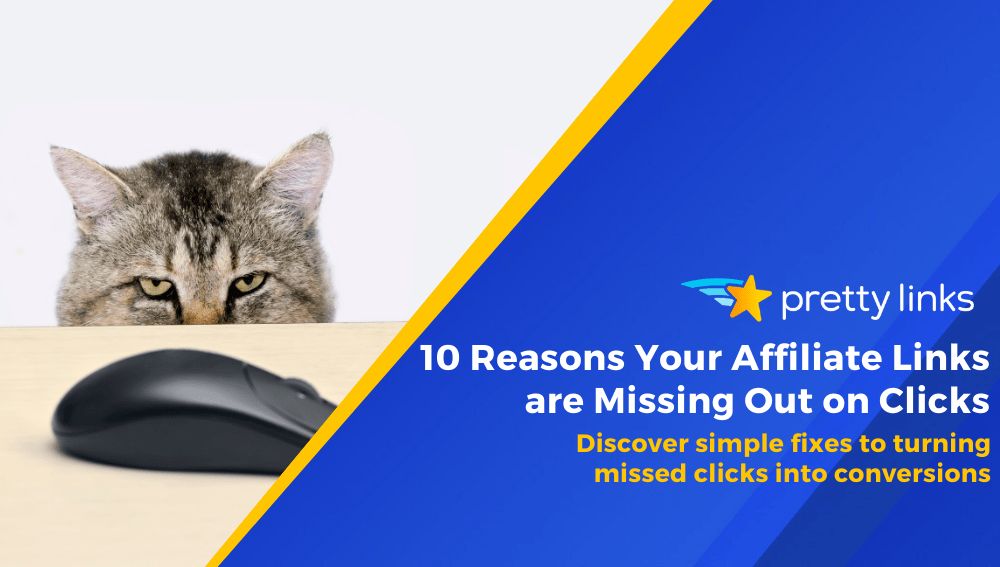
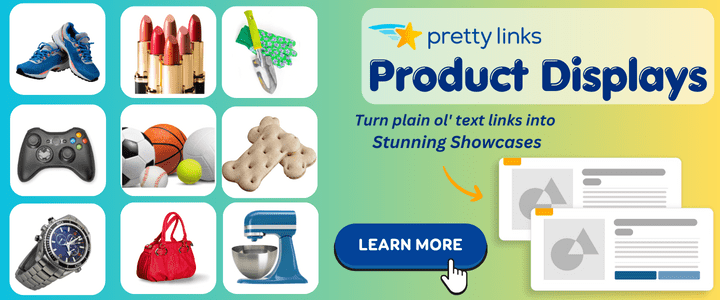
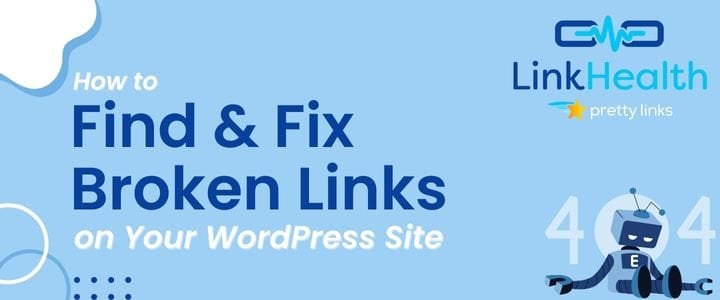



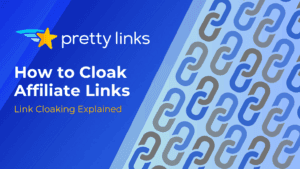
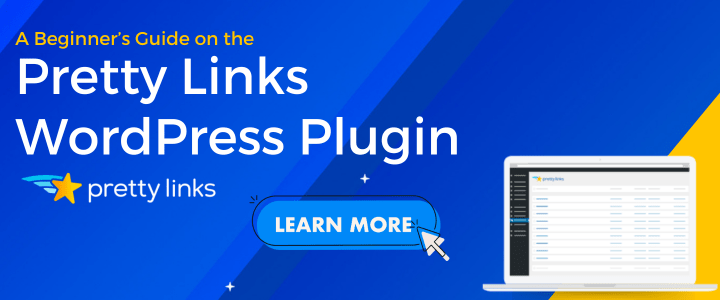

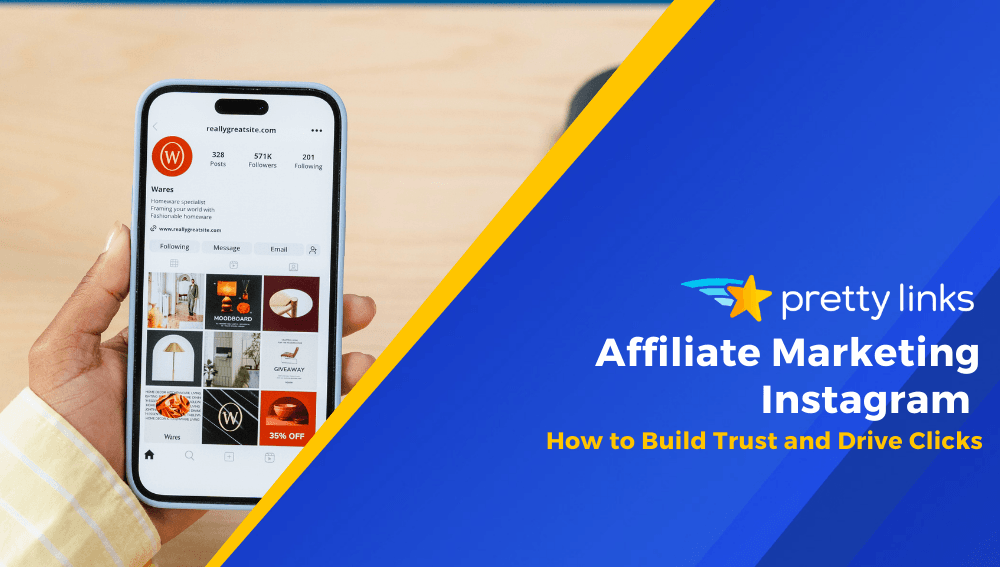
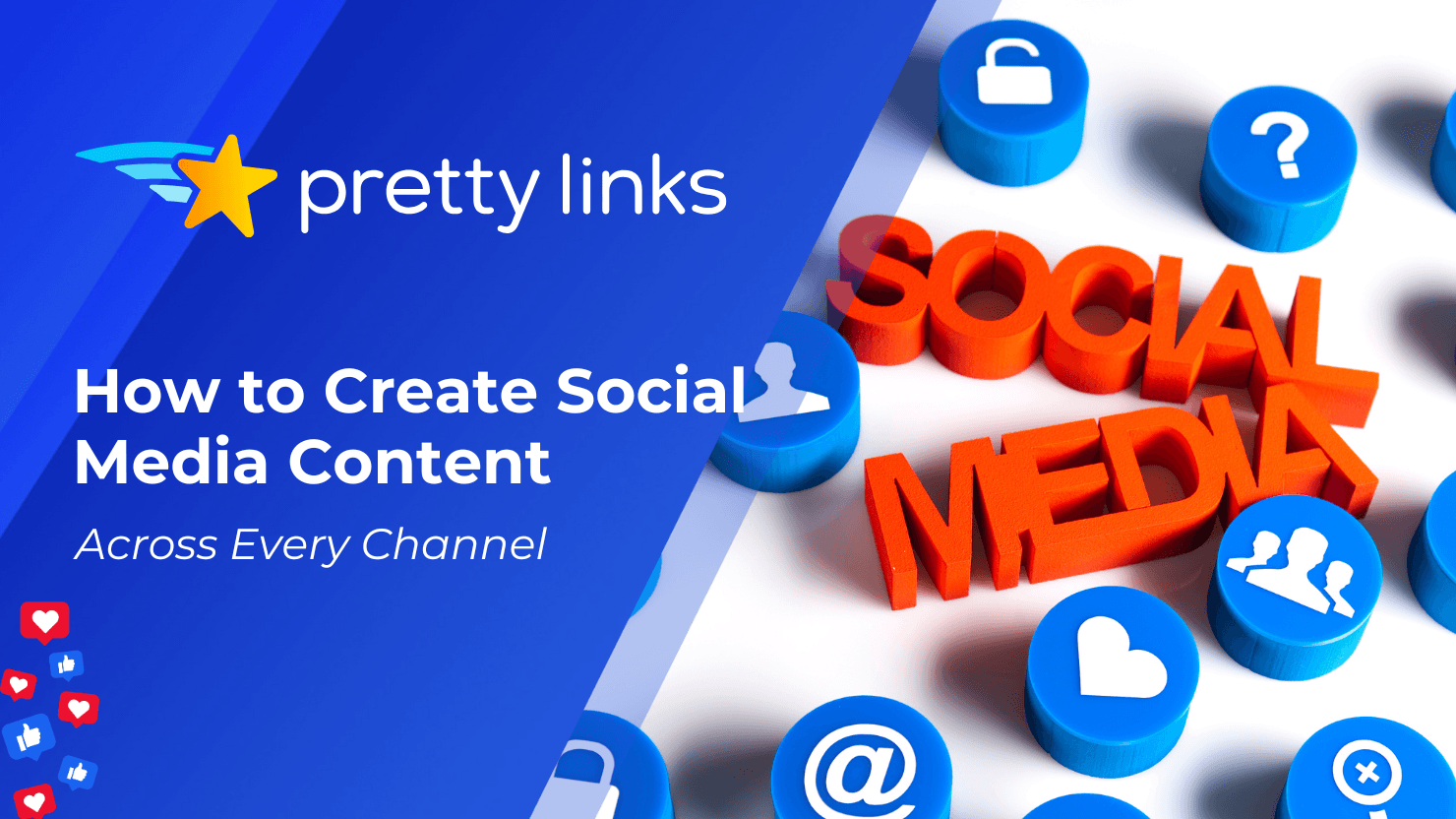
Deja una respuesta